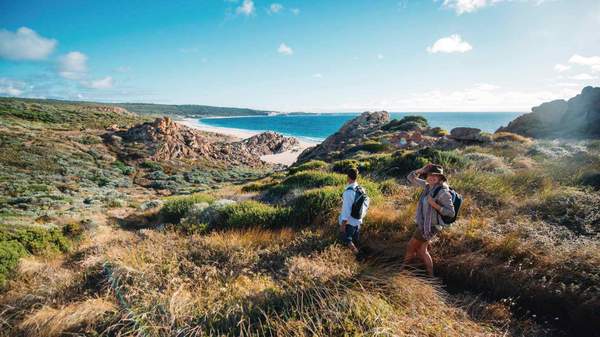Overview
Since Australia started easing out of COVID-19 lockdown, the country's internal border restrictions have earned plenty of attention. With tactics to stop the spread of the coronavirus implemented at a state-by-state level — and case numbers in each state varying — different parts of the country have navigated the situation in different ways when it comes to letting non-residents visit.
In Western Australia, that has meant a hard border and strict quarantine requirements. For folks who don't normally reside in WA, you can only currently visit the state if you're classified as an exempt traveller, apply for a G2G Pass and, if approved, then self-isolate for 14 days. If you don't have somewhere appropriate to do the latter, you have to go into a mandatory state quarantine facility for 14 days, too.
As announced on Friday, October 30, Premier Mark McGowan revealed that WA will start to relax its border restrictions, with changes set to come into effect from 12.01am on Saturday, November 14. Moving to a system it's calling a 'controlled interstate border', it'll allow travellers from very low-risk states and territories to enter under eased conditions — people from places that haven't had any community transmission of COVID-19 for 28 days, who'll then be able to head to WA without isolating.
At present, Queensland, Tasmania, South Australia, the Northern Territory and the Australian Capital Territory fall into that category. So, come mid-November, residents from those states and territories can venture west. You do still have to complete a G2G Pass declaration, and you'll undergo a temperature test and health screening upon arrival — and you're advised to be prepared to take a COVID-19 test if necessary as well.
If you live in New South Wales or Victoria, you're in a state that WA deems low risk. Stats-wise, that means there have been less than five community cases per day on a 14-day rolling average. For travellers, it means still self-quarantining for 14 days, and taking a COVID-19 test on the 11th day.
The above plan is contingent upon every state and territory in Australia continuing to record a 14-day rolling average of less than five community cases of COVID-19 — or even fewer, of course, as already seen in Queensland, Tasmania, SA, NT and ACT.
Announcing the border change, Premier McGowan noted that "we will be closely monitoring the situation over east, and if we need to delay this introduction of the controlled border, then we will". He also noted that he "will also have no hesitation to reintroduce our hard border in the future if that's what's needed".
To find out more about the status of COVID-19 in Western Australia, and the state's corresponding restrictions, visit its online COVID-19 hub.
Top image: Tourism WA
